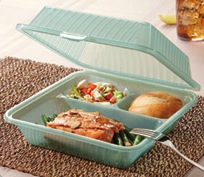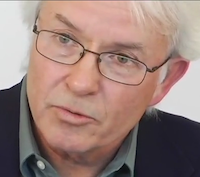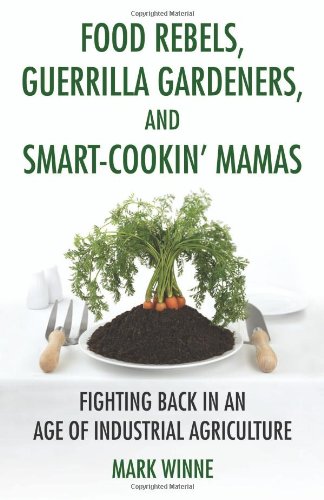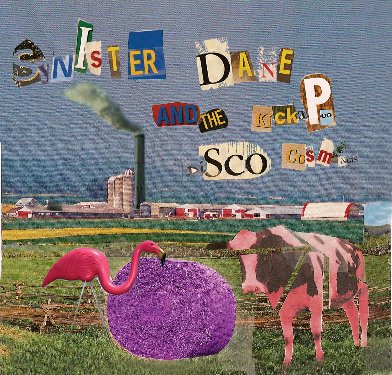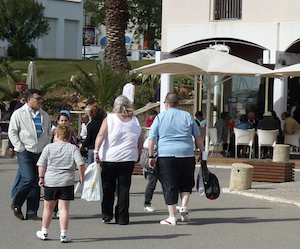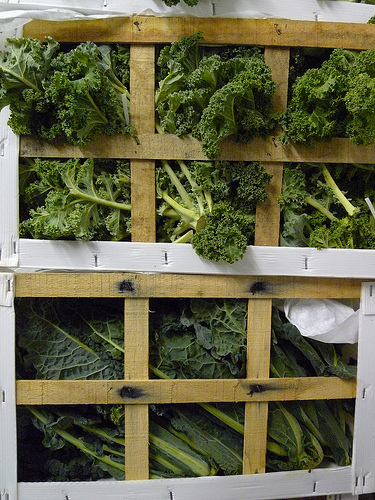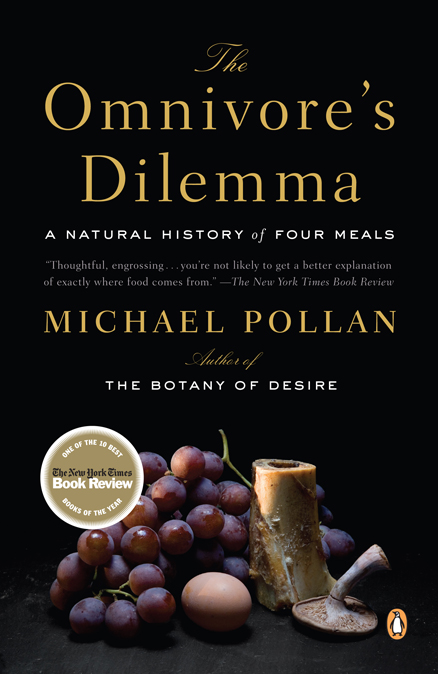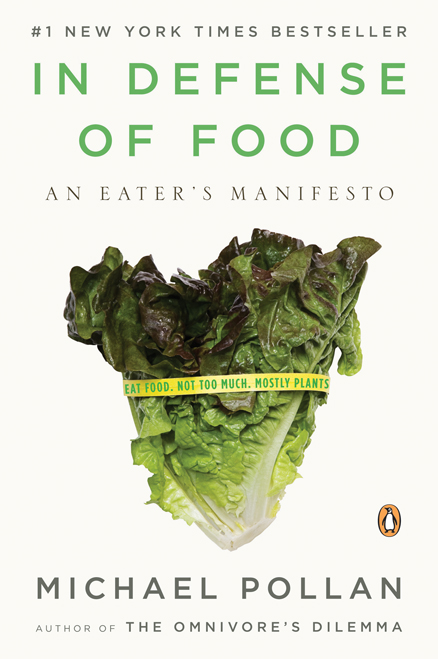That “To Go” Box Comes Back
Carry-out, ready-to-eat, ready-to-heat, and “street food” – that is, food cart goodies – all seem to be boxed in either old-fashioned “Chinese restaurant” white paper board boxes or horrible Styrofoam plastic clamshells. Good to keep food warm, bad for the environment.

